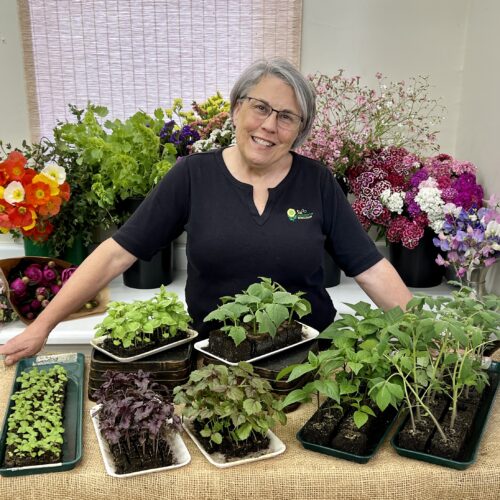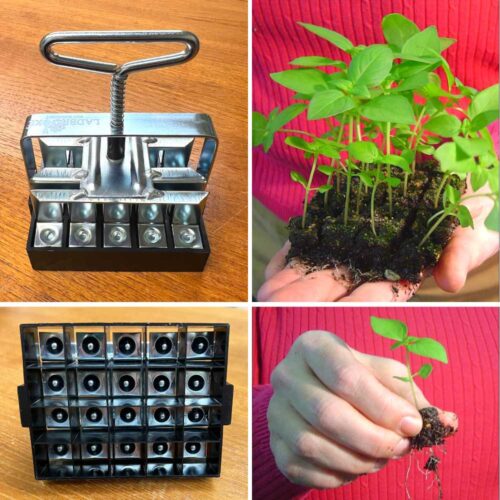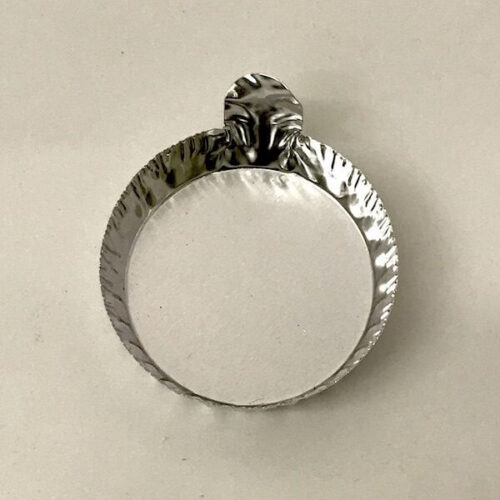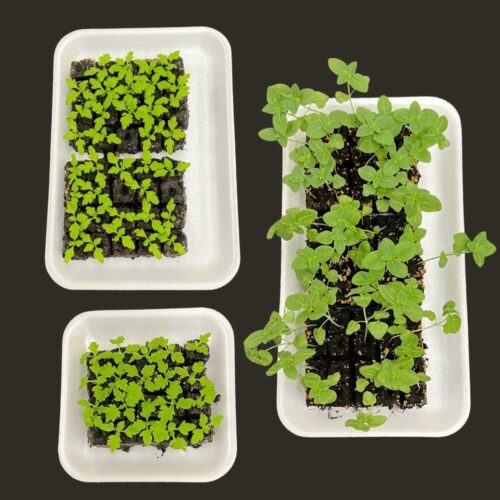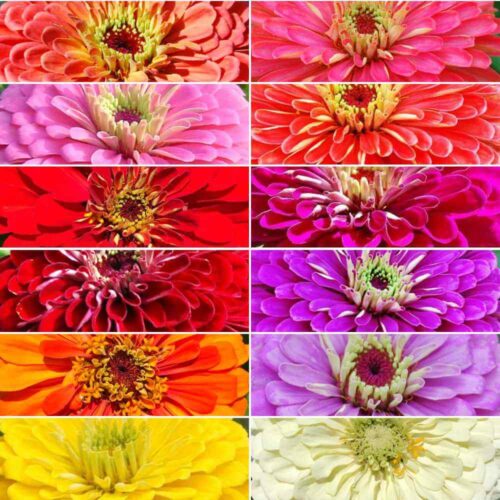Growing and Drying Hydrangeas
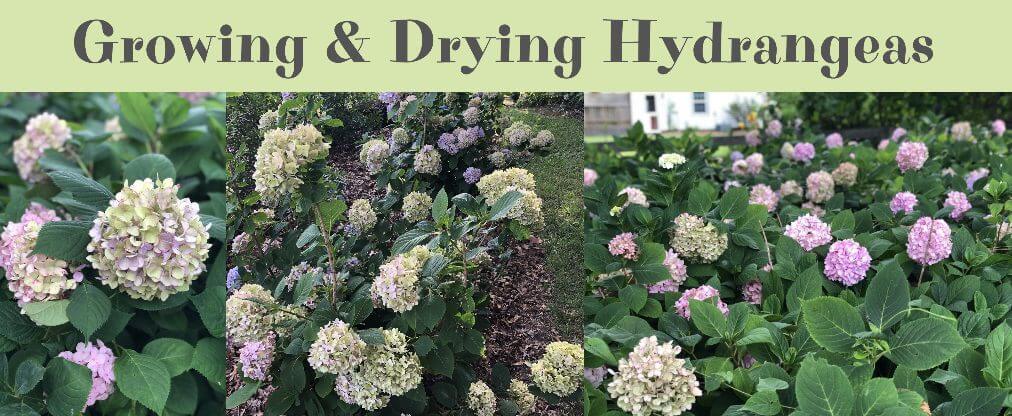
I have lots of hydrangeas here on the farm. There are two large planting areas I call my hydrangea groves and am planning yet another one this fall. My motto: you can never have to many hydrangeas! I begin harvesting in early May when they are young, crisp, and green right up through the fall when the blooms are dry on the bush. Back when I took the blooms to the farmers market they always caused a stir. I heard so many questions about how-to grow, harvest, and dry hydrangeas. Because I continue to get questions—I’m sharing my tips.
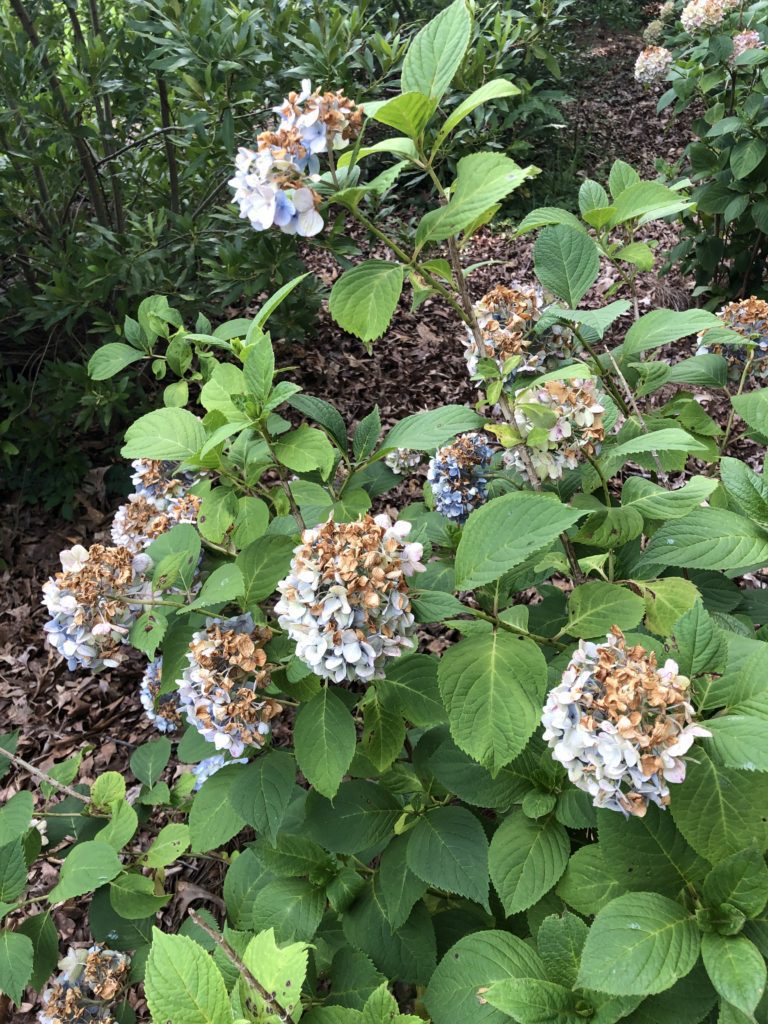
The only thing wrong with this hydrangea is it gets cooked by afternoon sun. It’s next neighbor is gorgeous because it is shaded in the afternoon.
Plant Location: In general most hydrangea varieties are shade lovers where summers are normally hot and dry. Where summers are cooler they can tolerate more sun. Here in southeastern Virginia they definitely need shade protection from the hot afternoon sun. If your plant is fighting the afternoon hot sun, it is worth moving it. Hydrangeas bounce back quickly after transplanting when done in the fall or early winter. They will not only forgive you for the move, but will reward you next year. Once your hydrangea is in a happy spot, your work is done.
Soil Conditions: Hydrangeas thrive in rich, moist conditions. The ideal rain fall/irrigation would be 1-2” of water a week. Planting in rich, well drained, moisture retaining soil makes them very happy. We use a garden fork to poke holes in the soil from the drip line of the plant and outwards to apply compost as mulch each spring and/or fall. This allows you to feed and improve the soil and also increases the moisture retaining qualities. Mulch is essential to retain moisture for these thirsty plants.
Harvesting fresh blooms: I consider “fresh” blooms from the time they start blooming until mid-summer when the blooms start to change color and begin to feel more like paper. Harvesting early in the season when the colors are the most vibrant it helps for the plants to be well hydrated before harvesting. The day before harvesting, water the plants thoroughly. Harvest the fresh blooms as early in the morning as possible. I generally do it before 7am when the sun and heat start draining the plant. Hydrangea stems can go straight into cold water—no floral preservative required. I let them sit in our air conditioned building for several hours and then move into the cooler that is at 42 degrees. Refrigeration revitalizes hydrangeas; it crisps the blooms just like lettuce. Hydrangeas in this “fresh” stage do not dry. Our fresh hydrangea blooms last 1-2 weeks in a vase.
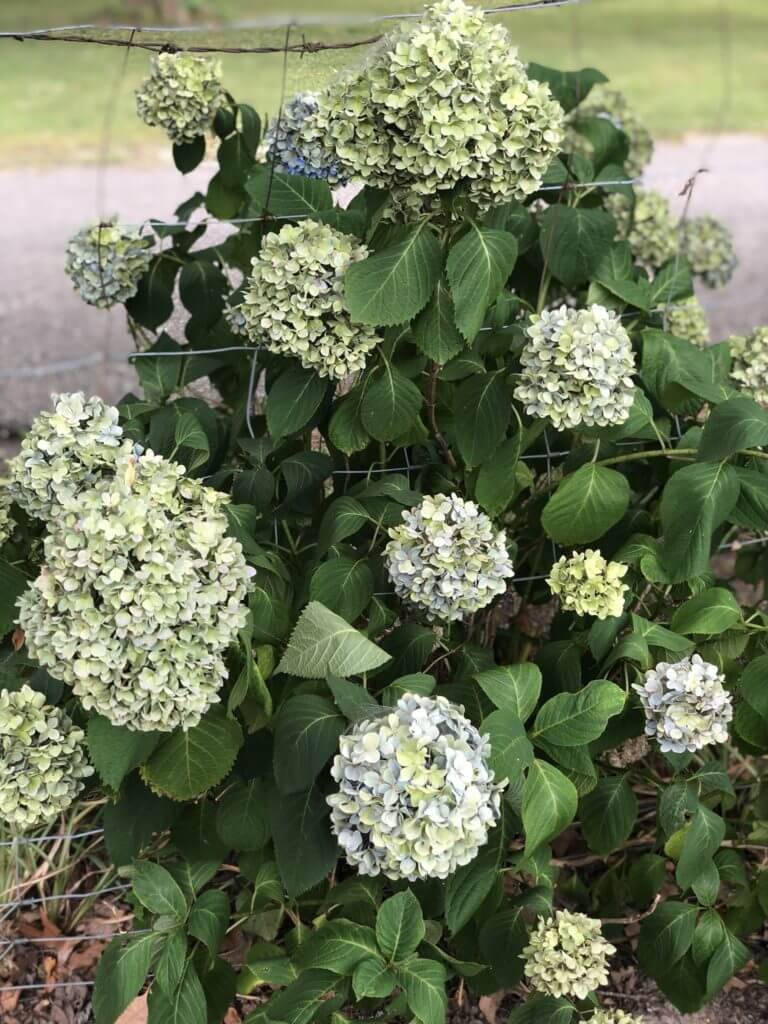
These are happy hydrangeas growing in their optimal conditions. Morning sun with afternoon shade allowing the blooms to dry naturally.
Blooms for Drying: Hydrangeas are well known for their superb air drying qualities. Air drying means you can hang them upside down in a dry area and they will dry while keeping their shape and color. The secret to drying the blooms is primarily the stage the bloom is in when it is cut off of the plant. Blooms for drying should be left on the plant until they begin to change color and get that paper feeling. Unfortunately, many plants are planted in to much sun and the blooms get burnt-up before they get to this paper feeling stage. Some varieties of hydrangeas are better suited for drying over others. Those with larger, thicker petals hold up longer than the smaller, fine petals. Some varieties hold their vibrant color better after drying then others. I have some deep blue dried blooms that are over 10 years old and are still holding color. The most common mistake that people make trying to dry hydrangeas is cutting the blooms before they are mature enough to dry. The secret is to plant into the right conditions and allow the drying process to be well underway when they are harvested. The reason to hang the blooms is to keep them from drooping.
Changing Bloom Colors: This is a frequently asked question. I do nothing to the soil to change the color of my blooms, I am happy for whatever color the blooms come as naturally. Most often the soil pH determines the color of your blooms, keeping in mind that not all varieties react to pH. In general alkaline soil produces pink blooms and a more acidic soil blue blooms. Add aluminum sulfate to the soil for blue or lime for pink to red flowers. If you have a strong need for a for sure color seek out varieties that bloom color doesn’t react to pH.
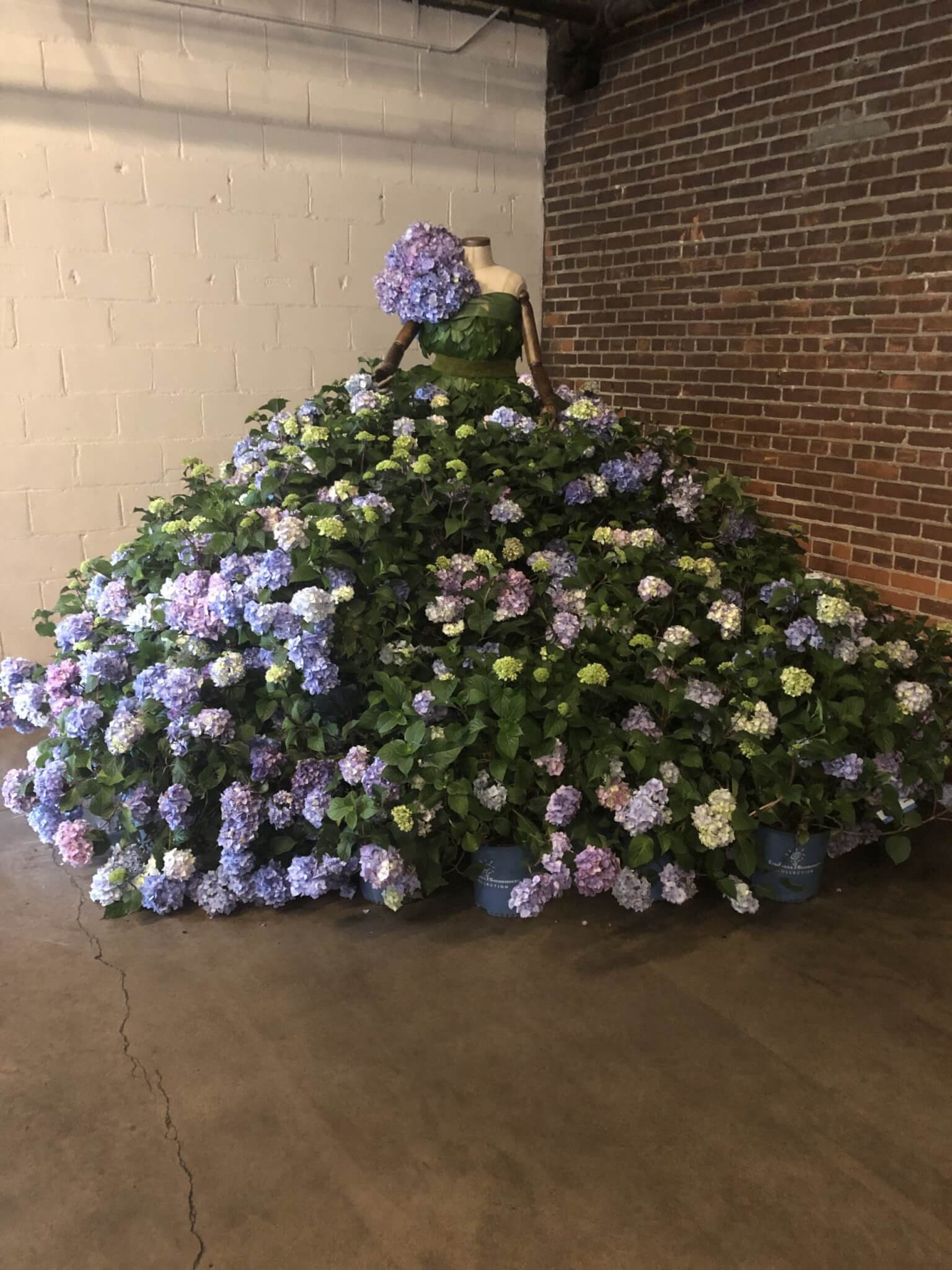
Pruning:
Mopheads, Oakleaf and Lacecap hydrangeas.
I don’t prune any plant under 4 years old. Mopheads bloom on last year’s wood and have big round fine petal blooms. Plants can be pruned, renewed ,thinned or invigorated by cutting 1/3 of the oldest wood to ground level in late summer. I cut the oldest stems, any broken or those that are crowded. Do not shorten the remaining stems in an attempt to prune; this cuts off next years blooms. Following this method allows the new growth to develop buds for next year and to harden off before frost. It also leaves 2/3 of the plant intact so you are sure to have blooms the next season.
Peegees and Annabelle hydrangeas.
These are the easiest hydrangeas to prune because they bloom on new wood. They can be cut to the ground up until late winter and will regrow and bloom that following season.
I hope this answers some of your questions about hydrangeas.
As always- garden because it is good for your soul,
Lisa Z
Lisa Mason Ziegler. Founder of The Gardener’s Workshop and Flower Farming School Online . Author of Vegetables Love Flowers, Cool Flowers, and The Easy Cut-Flower Garden . Connect with Lisa on Facebook and Instagram !

